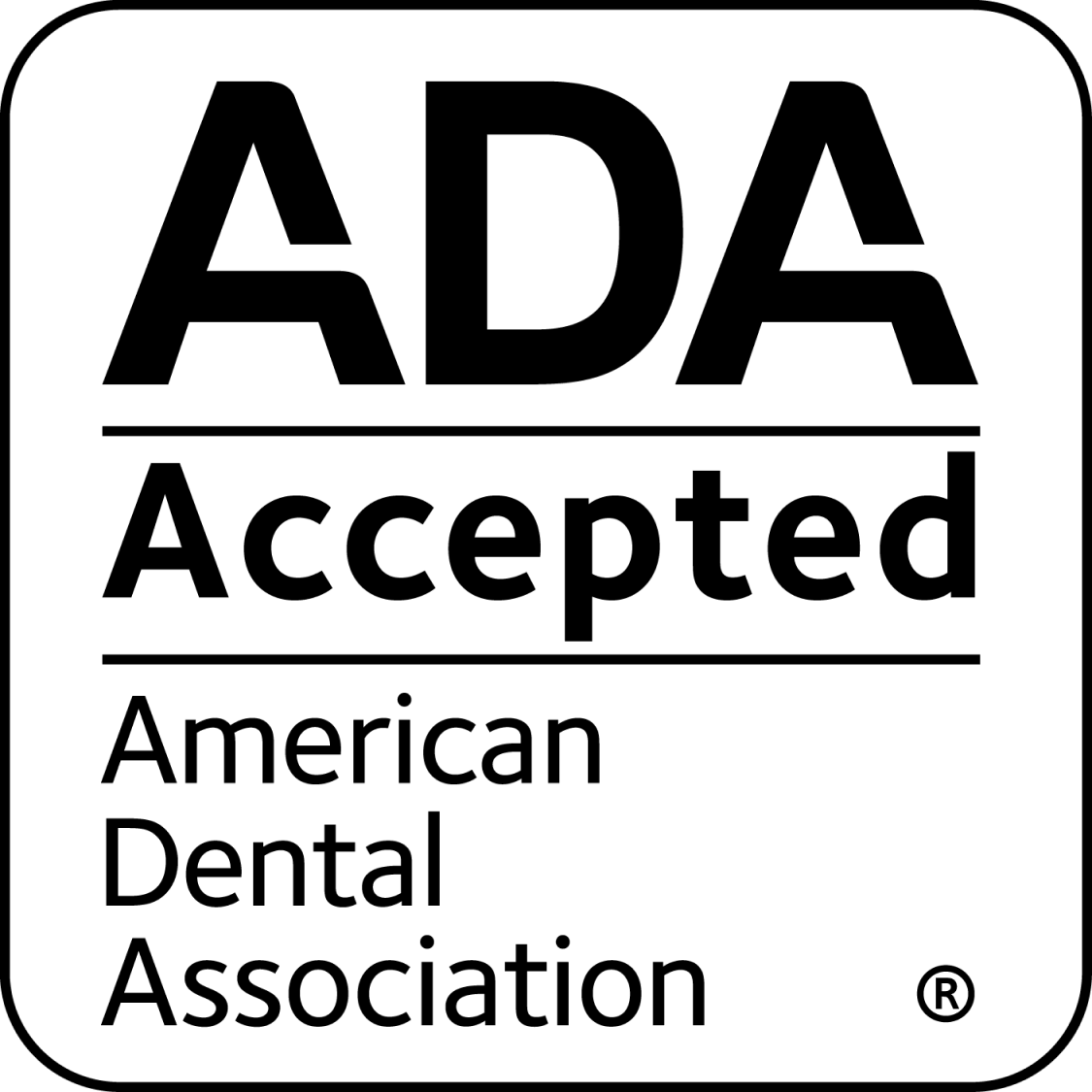
How To Get A Loose Tooth Out
The Wiggly Phase: When Kids Get Loose Teeth
Kids usually start losing their baby teeth around the age of 6, and this process often continues until they are about 12. The process is a significant milestone in their life and is usually met with a mix of excitement and apprehension. For some children, the sensation of a wiggly tooth can be a bit uncomfortable or even worrisome. It’s not uncommon for children to express discomfort or even a tingling sensation that makes it difficult for them to concentrate on other activities.
How Long Does It Take For a Loose Tooth To Come Out Naturally?
The time it takes for a loose tooth to fall out naturally varies greatly from child to child. It depends on several factors, such as the specific tooth in question and the child's overall oral health. Some teeth might take just a few days to become loose and fall out, while others could take weeks or even months. The key is to be patient and let nature take its course, unless advised otherwise by a healthcare professional. It is generally not advised to forcefully remove a tooth that is not ready to come out naturally, as it could lead to infection, pain, or other complications.
Coping With Loose Tooth Pain
Children may experience varying degrees of discomfort when they have a loose tooth. While some may not notice it at all, others might find the sensation quite bothersome. Here are some ways to help your child cope with loose tooth pain:
- Cold Compress: Applying a cold compress to the affected area can numb the pain and reduce inflammation.
- Soft Foods: Encourage your child to stick to soft foods that require minimal chewing, like yogurt, mashed potatoes, or pasta.
- Over-The-Counter Pain Relief: Children’s ibuprofen or acetaminophen can be used to manage pain, but it's best to consult your pediatrician for personalized advice.
- Distraction Techniques: Sometimes, taking their mind off the discomfort can be the best medicine. Engage them in fun activities or games to divert their attention.
Helping a Loose Tooth Come Out: Is It Safe?
Most dental professionals advise letting a loose tooth fall out naturally. However, if the tooth is extremely loose and is causing your child significant discomfort, you might consider intervening gently.
- Wiggle it Gently: Encourage your child to wiggle the tooth using their tongue or a clean finger. This can help to loosen it further.
- Tissue Technique: Use a piece of clean tissue or gauze to grasp the tooth and apply a small amount of pressure to wiggle it. If the tooth is ready, it should come out easily.
- Consult a Dentist: If you are in doubt or if there are complications such as bleeding, infection, or significant discomfort, it’s wise to consult a dentist for professional advice.
Toothy Tip: Always wash your hands and ensure all materials used are clean to prevent infection.
Practicing Good Oral Care While Losing Teeth
Even though baby teeth are temporary, taking good care of them sets the foundation for the adult teeth that are still to come. One of the best ways to ensure your child's teeth are in optimal health is to invest in quality oral care products like AutoBrush. The AutoBrush is especially great for kids who are losing teeth, as it cleans all surfaces of the teeth in just 30 seconds, without requiring rigorous manual brushing, which can be uncomfortable for a child with a loose tooth. Moreover, AutoBrush uses soft bristles that are gentle on sensitive gums, making the brushing experience less painful and more enjoyable.
Conclusion
Losing a tooth is a rite of passage that every child must go through. It’s a unique experience that brings its share of discomfort and excitement. However, with the right approach, you can help your child sail smoothly through this phase. Always prioritize their comfort and consult healthcare professionals when needed. Lastly, setting the foundation for good oral health through products like AutoBrush can not only make this phase easier but also ensure the health and well-being of their permanent teeth.















